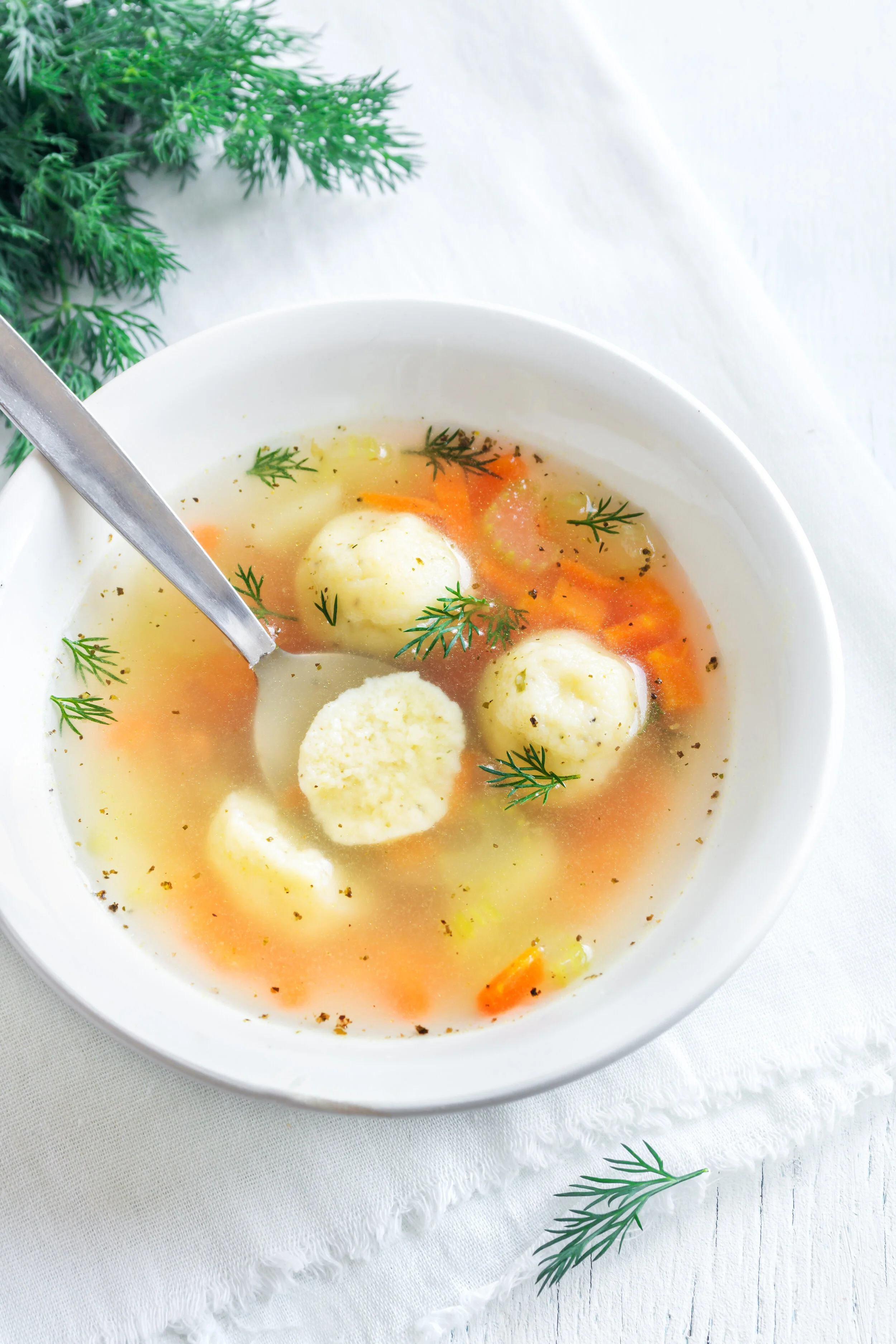Versatile Protein Salad
Omnivore, Pescatarian, Vegetarian - there's an adaptation for everyone
Omnivore - Chicken Salad
Pescatarian - Tuna Salad
Vegetarian - Egg Salad
This isn't a recipe as I'm not one to measure exact ingredients. I like to use recipes as a starting point then use what I have on hand to make it my own. Cooking doesn't have to be complicated and recipes can be adapted to taste. If you're missing one ingredient, there's no need to run to the grocery store. If a recipe calls for onion but you're not a fan, nix it or substitute for something else. My purpose is to show how easy it is to fix a meal at home using ingredients already in your pantry.
While making tuna salad last week, I realized how many ways there are to switch up the base.
Ingredients:
Protein of choice - chicken, tuna, hard-boiled eggs, tofu, tempeh
Healthy fat of choice - mayo, mashed avocado, plain Greek yogurt, hummus
Lemon, juiced
Chopped veggies - carrots, celery, cucumber, onion, tomatoes
Fresh or dried fruit - grapes, cranberries, raisins
Nuts - almonds, walnuts, pecans
Mustard
Spices - paprika, dill, parsley
Salt & Pepper
Combine any of the above ingredients and serve on sprouted, whole wheat or whole grain bread/wrap. Watching your carbs? Serve over a bed of lettuce or use cucumber and celery for dipping as bread is not a necessity!
The options are endless. These are the ingredients I typically use but if you like pickles or anything else not listed, add it! The meat can be fresh, canned or from a rotisserie.
I don't personally eat a whole lot of mayonnaise as it contains little nutritional value. Read the ingredient list and check for added sugar and other questionable contents before purchasing. E.g. Hellmann's uses calcium disodium edta as a preservative. Yum...For this reason, David and I usually make our salads separately - I use mashed avocado or Greek yogurt and he prefers mayo - although we don't buy the aforementioned brand. A major advantage of cooking at home is the control you have over which ingredients are used, as well as, how much. No one's gaining weight off of mayo in small dozes. The issue is that restaurants don't typically do small dozes. If they want returning customers, the food better taste good and no one should leave still hungry - AKA, large portions, high fat, high sodium. Your health (outside of meeting health code) is not generally their main concern.
Example) The Cheesecake Factory: Chicken Salad Sandwich
Calories: 1,140
Saturated Fat: 16 grams
Sodium: 1,991 mg*
Carbohydrates: 78 grams
*Sodium RDA is about 1500 mg (4 grams), or no more than 2,300 mg. And don't tell me you're not ordering the cheesecake for dessert... another high-sodium, cream-based item on the menu.
Since I'm already on the nutrition page of their website:
The Cheesecake Factory: Original & Red Velvet Cheesecakes (lowest and highest calories)
Calories: 800 and 1,540
Saturated Fat: 34 and 57 grams
Sodium: 513 and 621 mg
Carbohydrates: 62 and 122 grams
Homemade, pre-packaged, or ordered from a restaurant - not all food is created equal. Read food labels and eat at home the majority of the time to control your variables!
- Mallory







